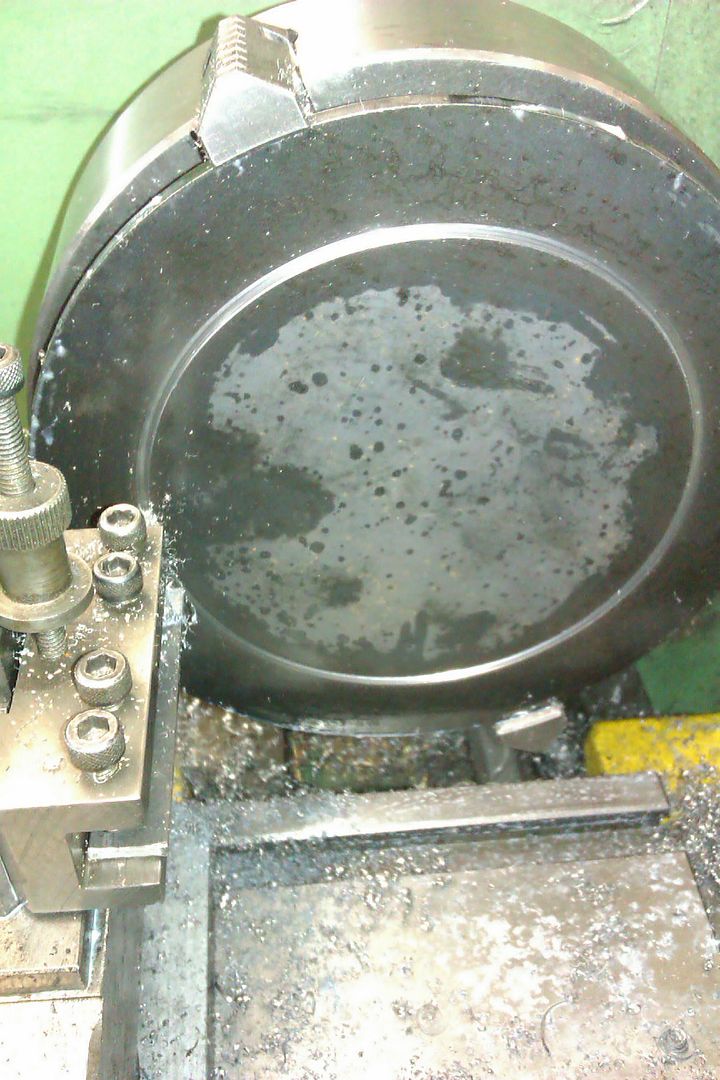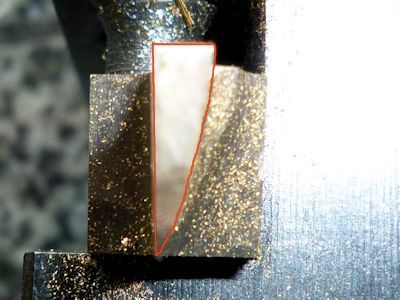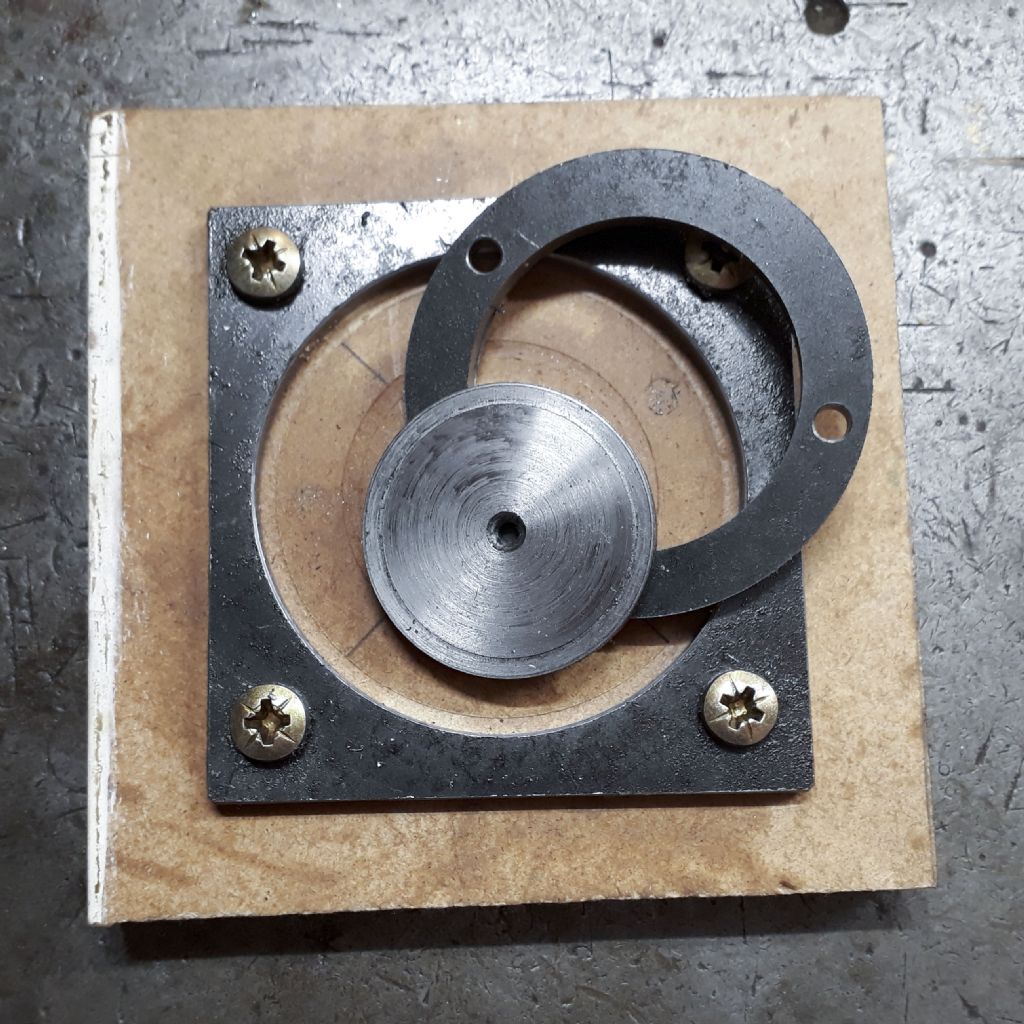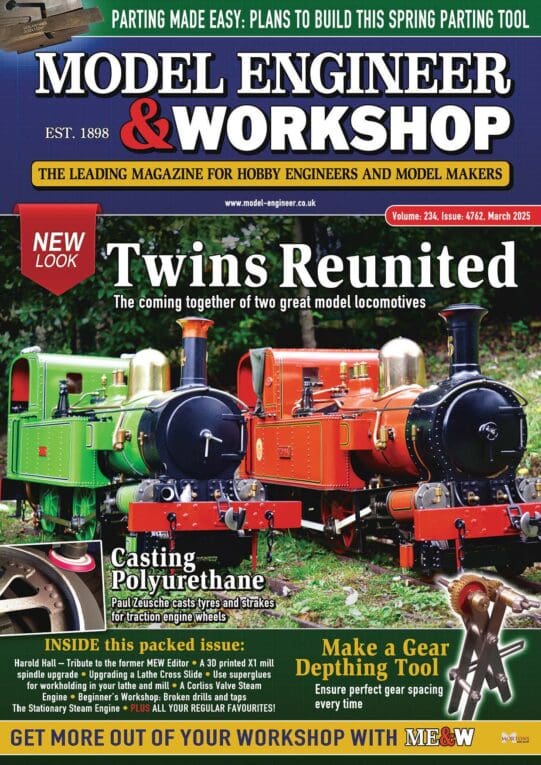I have performed similar by using appropriate hole-saws readily available from the builders'-merchants, with their normal arbor held in the bench-drill, to cut discs and rings with sufficient if not sometimes rather generous turning allowances for finishing.
This does make a quarter-inch hole in the centre which may or may not matter.
However you don't need worry about the arbor thread, nor the pilot-drill, because those are supplied.
You do need to clear the chips frequently, and lubricate the tool well. (Use an old paint- or tooth- brush.)
'
For trepanning in the lathe I'd suggest a circular-section tool ground so the top of the cutting edge is on or slightly below the centre line, then a small clearance along each flank.
'
If the work-piece is fairly hefty, then if possible I bolt the plate to the faceplate both inside and outside the annulus – the "if possible" is if holes in the central disc are either needed or permissible. I try to use tapped holes and set-screws from behind the face-plate, to minimise projections.so allow minimum tool overhang.
This approach allowed me to machine a thin-walled annular channel about 8" and 7" dias, from half-inch thick hot-rolled steel plate. I'd backed the plate with coloured plastic shims, (more building-site parts) so pretty-coloured swarf indicated starting to break through. That rigid mounting method and very light cuts at the end, allowing the springing to work out, meant a gentle break-through with no fraught tool-snagging or great lumps of steel crashing about. (The work was rotating at roughly 70rpm.)
'
Beware – all trepanning / hole-drilling is liable to leave razor-sharp edges, even blades.
'
Chain-drilling is something I see as a last resort but have used it a few times. It's best to file or grind down the worst of the teeth this process leaves, to limit the horrible hammering action they give to the tool and lathe.
John Reese.










